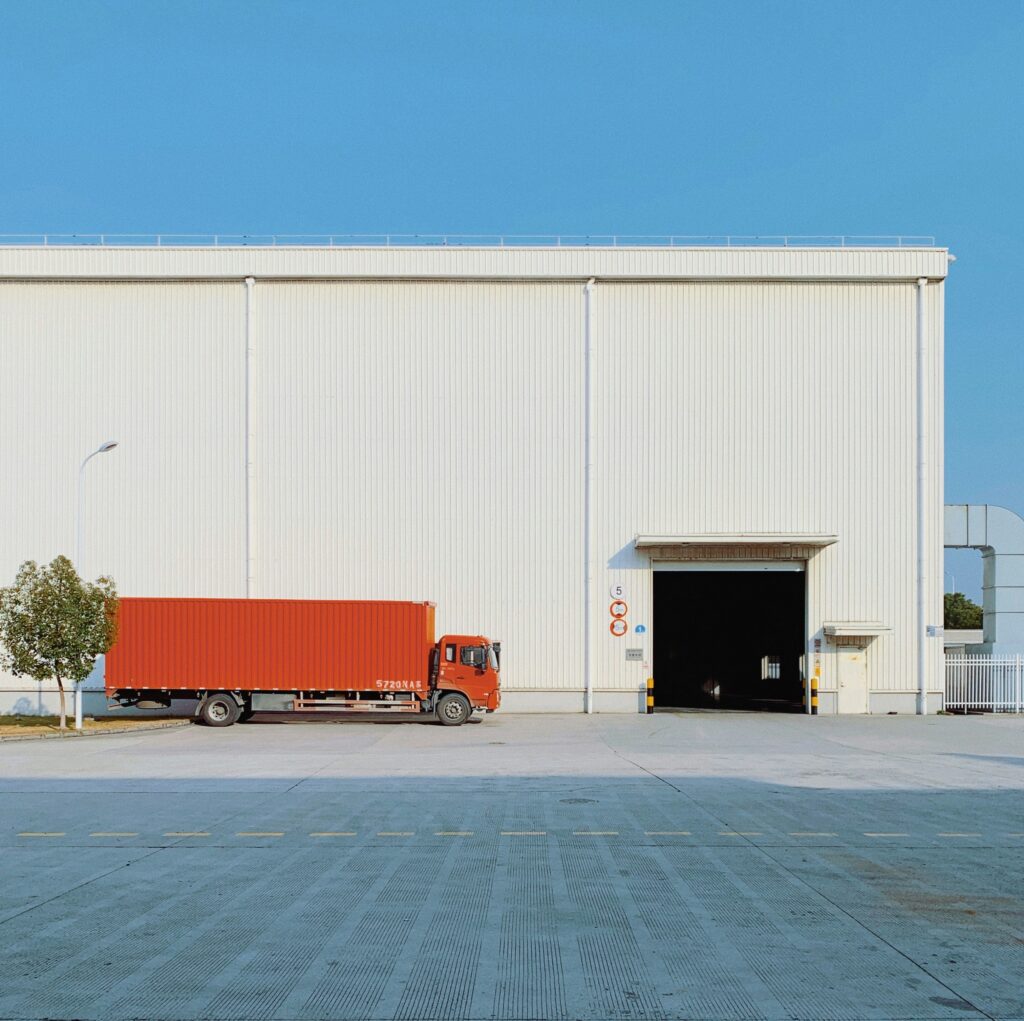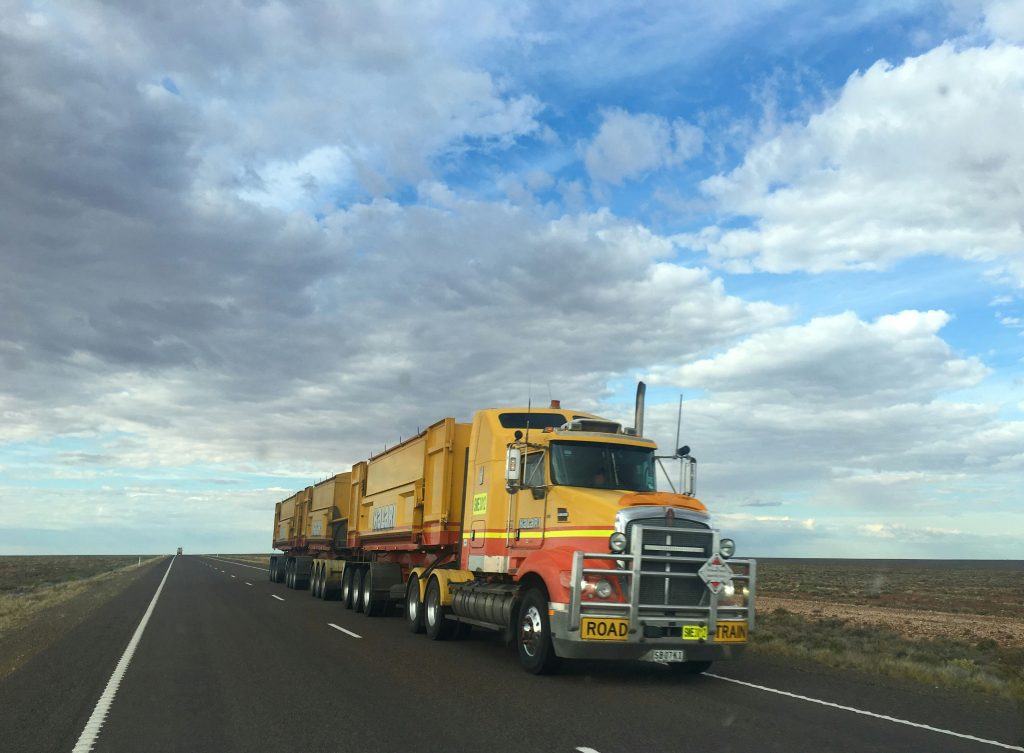When transporting your cargo by truck, your two options are booking FTL, or a full truckload, or LTL which refers to less than a truckload.
In this post we will highlight the differences that you can expect when booking LTL or FTL.
What is LTL?
Less than truckload (LTL) shipping refers to the transportation of freight that does not fill the entire truck.
You can start the shipment with as low as 100 pounds. It is usually ideal for shipments with 1 to 6 pallets or less than 12 linear feet.
LTL shipping is very beneficial for the shippers as they can reduce their shipping cost by only paying for the portion of the trailer that takes up the freight. Similarly, other LTL shippers pay the cost of using the remaining trailer space.
What is FTL?
The term FTL stands for Full Truckload, meaning you must hire out the entire truck if your goods do not occupy the whole trailer.
A full truckload can weigh 20,000 pounds or more, and only one shipper’s freight is transported on the truck. The shipper reserves the full capacity of the truck in FTL shipments.
What Differences Should I Expect?
There are several differences to the service offering you can expect when booking LTL or FTL. Here’s what you need to know:
- Cargo Arrangement
With LTL, you can expect your cargo to be rearranged to fit the truck. As there are other people’s cargo transported alongside your own, the truckers will occasionally re-arrange to optimize space in the truck. It’s in their best interest to fit as much as possible into each transit.
If your warehouse is expecting to receive your cargo packaged and kept together in a certain way, they may charge you for the extra handling, if pallets have been disbanded or repackaged.
With FTL, the whole truck is yours, so it will stay as loaded for the duration of the journey.
- Unloading and Reloading along the way
LTL freight is a dynamic process, where each route and cargo load is optimized by the carrier. This means your pallets may be unloaded at warehouses along the way, and reloaded into a different truck for the next portion of your journey.
Fragile cargo must be extremely well packaged to prevent damage.
When shipping FTL, the whole truck is yours – so no further handling is involved.
- Freight Class
With LTL shipping, you must define your cargo according to the correct freight class. See our article on it here. This is not necessary for FTL.
- Route Planning
When contacting a carrier to book an LTL shipment, they may not have a truck ready immediately for your route. They may have a truck going in your direction soon, but are waiting for enough bookings to fill it up and maximize their revenue on the truck – which can take a few more days.
In this case it is advisable to check with other carriers for the timing, route and cost that suits you best.
With FTL shipping, the cargo space is all yours, the route is decided by you.
- Accessorials
With an FTL shipment, the driver is fully focused on working for you for a few days, from picking up, transporting and finally delivering your cargo. They are less likely to be disturbed by extra accessorials which could take a little extra time and bother, so you are not often charged for them.
Conversely, with LTL, the driver is occupied with multiple small cargo loads. If it takes extra time to wait for an appointment or use a liftgate, you will be charged for it as an accessorial.
- Product Reweighs
As your LTL cargo will be undergoing a lot more handling and loading/unloading along its journey, it is far more likely that it will be reweighed and reclassed. If it is found to have a higher weight or class as given at time of booking, you will be charged extra.
With FTL trucking, your whole truck may be weighed at a weighing station to ensure the truck is under 80,000 lbs. Apart from that, there is rarely a chance of any other product inspection
- Trailer Specification
The trailer specifications are slightly different in FTL and LTL trucks.
In FTL shipments, carriers typically use 53’ trailers with swing doors. The width of the trailers is 102,” and the clearance height is 110”.
On the other hand, in LTL shipping, the carriers use trailers with roll doors and clearance height up to 96”.
Closing
In summary, FTL trucking involves full utilization of trailer space for a single customer’s shipment, using standard trailers and minimizing handling.
In contrast, LTL trucking combines partial loads from multiple customers, using specialized trailers and often involving multiple destinations and handling points to optimize efficiency and cost-effectiveness.
Work With The Pros
Need tailored trucking advice?
Contact Simple Forwarding today for a trucking quote tailored to your needs.




